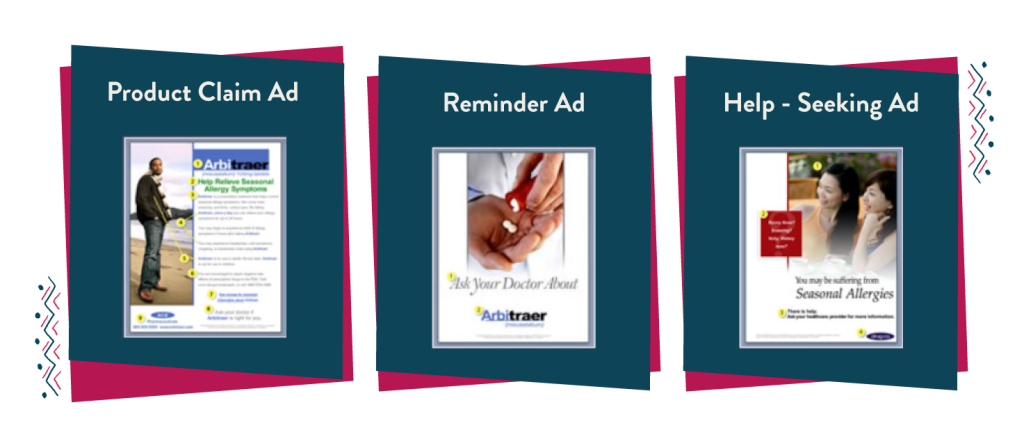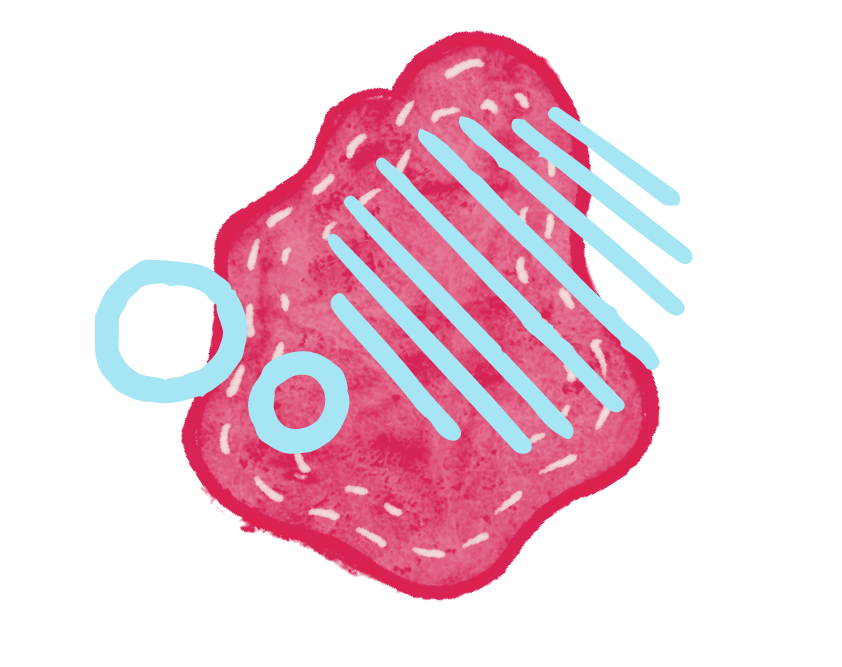The introduction of a life-changing medication has the potential to benefit us all. But even after years of research and significant investment, a product launch can fall short, not because of faulty science, but because of a failed market entry. Many of these failures boil down to the fact that the entry hasn’t effectively built trust with its audience. Perhaps the launch created confusion, or left patients feeling uncertain about what benefits the medication actually offers.
In the pharmaceutical industry, marketing translation work shapes how a product is perceived and whether it succeeds. For pharmaceutical companies looking to forge stronger connections to providers and patients, that means it’s essential to engage with a language partner that offers the right expertise. As translators tackle everything from educational materials to professional outreach communication, their duties demand far more than language fluency alone. They must also employ a careful mix of strategy, accuracy, and acute cultural awareness.
What Is Marketing Translation in Pharma?
Pharmaceutical marketing translation means adapting promotional and educational content for different global audiences, while adhering to regulations and staying true to the original message’s emotional intent. Good translators keep in mind, always, that on the receiving end of their work are real people including doctors, pharmacists, and patients who need to understand what the product does, why it matters, and how it can help. The materials they translate don’t just list medication features and benefits; they also include emotional and cultural messaging. Translators, therefore, need to connect, persuade, and often guide the reader toward making an informed decision or taking a specific action.
Unlike regulatory translation, which focuses on clinical data and formal documentation, marketing content must balance technical accuracy with a natural, compelling tone. When done well, it not only builds trust in the brand, it also supports better patient outcomes. In fact, research shows that multilingual health information improves understanding and helps patients follow treatment plans more effectively.
Know Before You Go: The Regional Rules of Pharmaceutical Marketing
Before translating a single word, it’s essential for translators to understand the type of pharmaceutical marketing allowed in the target audience’s country. Regulations vary widely, and what’s permitted in one region may be strictly prohibited in another.
The United States, for instance, is a country that permits direct-to-consumer (DTC) advertising of prescription drugs. However, ads are heavily regulated by the FDA and fall into three main categories:
- Product Claim Ads, which mention the drug name, its purpose, and benefits/risks.
- Reminder Ads, which state only the name of the drug, without mentioning its purpose.
- Help-Seeking Ads, which feature a symptom or condition, but do not mention a specific drug.

Canada, meanwhile, allows limited DTC advertising that’s restricted to brand name, price, and quantity of the drug. This means no therapeutic claims can be made in public ads.
In Europe, advertising prescription-only medicines (POMs) to the general public is generally prohibited, while advertising to healthcare professionals is permitted under strict guidelines.
Types of Marketing Translation
When people hear the term “marketing,” they often picture a website or a printed brochure. But pharmaceutical marketing includes a wide range of materials, each tailored to a different audience member, whether a patient, pharmacist, or policymaker. Some of these materials include:
- Product catalogs and one-pagers
- Healthcare provider brochures and e-detailers
- Corporate blogs and white papers
- Explainer videos and subtitles
- Case studies, testimonials, and patient stories
- Infographics and digital campaigns
Each piece comes with its own format(s) and considerations for the translator, which can involve space limitations, a highly particular emotional tone, and a significant degree of technical language.
Balancing Content and Cultural Context

Translating pharmaceutical marketing requires more than medical knowledge because beyond technical accuracy, the message must be clear, emotionally resonant, and tailored to its audience. Whether the content is telling a patient’s story or sharing a researcher’s insight, the language service provider translating it needs to understand the tone and persuasion behind it.
For instance, telling a patient’s story involves diving deeper than simply listing symptoms and treatments. For the translator, it means conveying the patient’s emotional journey and showing how medication has improved their daily life. Similarly, a lab researcher’s testimonial might involve technical claims about precision or efficiency, but it must still engage the reader with clarity and impact.
Cultural context also plays a major role in pharmaceutical translation. What sounds persuasive in one country may sound inappropriate or confusing in another. Taglines may not translate smoothly, while certain images and colors might carry unintended meaning. Even formatting issues, like longer translated text disrupting a brochure layout, can affect how a message lands.
The Takeaway
Effective pharmaceutical marketing entails crafting messages that resonate with diverse audiences, and meet regulatory demands. The right linguistic partner will understand your market, navigate compliance with precision, and capture the emotional and technical depth behind each message. In the end, your language partner will be helping your brand communicate with confidence, and expand responsibly.



